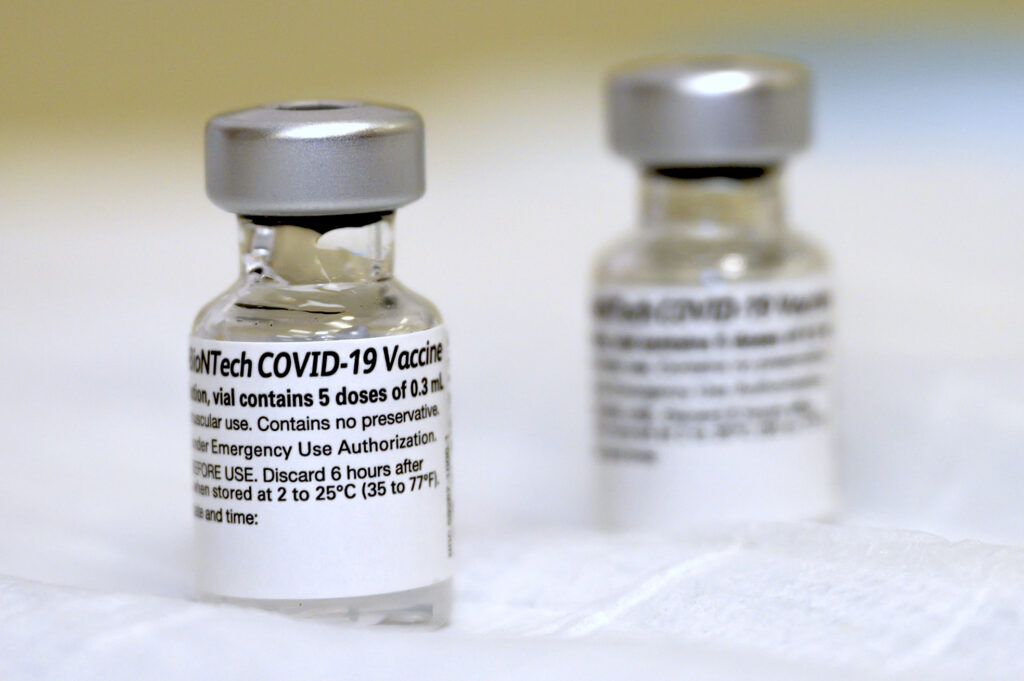Who doesn’t love the sweet, slightly bitter, and complex flavors of licorice? Whether you enjoy it in your favorite candy, as a comforting tea, or even in detox blends, licorice has cemented its place in our hearts (and taste buds). But, as recent studies highlight, this love affair might need a bit of reconsideration, especially when it comes to our health. The sweet treat we’ve come to adore could be playing a less-than-sweet role in our cardiovascular health.
Victoria Taylor, a seasoned dietitian with the British Heart Foundation, has long advised that while licorice can be a delightful treat, its consumption should be approached with caution. Known for its distinct taste, licorice is found not only in various sweets but also in several herbal tea infusions, including the beloved chai and spicy blends. Though indulging in a small quantity of licorice now and then is generally considered safe, recent findings have shed light on potential risks that warrant a closer look, particularly for certain demographics.
The heart of the issue lies with glycyrrhizin, a potent compound found in licorice root, which is significantly sweeter than sugar and has the ability to alter the body’s potassium and sodium levels. These alterations can lead to a cascade of health issues, including raised blood pressure, fluid retention, muscle weakness, and even heart rhythm abnormalities. The ramifications of consuming large or even moderate daily amounts of licorice are especially pronounced in individuals over 40 or those with a history of cardiovascular problems.
What’s even more concerning is the revelation from recent research conducted by Linköping University, which indicates that even small amounts of licorice, within the daily intake levels considered “probably safe” by the World Health Organization, can elevate blood pressure in young, healthy individuals. This study, a pioneering investigation into the effects of licorice on blood pressure, found that a daily dose of 100 mg of glycyrrhizic acid – an amount previously deemed safe – can indeed have a negative impact on cardiovascular health.
The study meticulously measured the glycyrrhizic acid content in the licorice consumed by participants, a critical factor given the wide variance in glycyrrhizic acid concentration across different licorice products. Over two weeks, participants who consumed licorice containing 100 mg of glycyrrhizic acid exhibited an average increase in blood pressure of 3.1 mmHg. Furthermore, a subset of participants most sensitive to licorice’s effects experienced not only this increase in blood pressure but also signs of increased cardiovascular strain, as indicated by elevated levels of NT-proBNP, a marker of heart workload.

Fredrik Nyström, professor and senior researcher of the study, advocates for a more cautious approach towards licorice consumption recommendations and labeling. This sentiment is echoed by the broader research community, who suggest that the established “safe” limit of glycyrrhizic acid intake might need reevaluation in light of these findings.
The implications of this research are significant, urging us to reconsider our consumption habits, particularly for those among us who are avid licorice enthusiasts. It’s crucial to be aware of the potential health risks associated with licorice and to monitor consumption accordingly. For those with existing cardiovascular conditions or those over 40, it might be wise to limit licorice intake even further or avoid it altogether.
In light of these findings, embracing moderation and prioritizing awareness can help mitigate potential health risks. As we navigate the complexities of dietary choices and their impact on our health, let’s remember to consume with caution, keeping our hearts in mind. After all, a little caution today can lead to a healthier tomorrow.
Related posts:
Could eating liquorice affect my blood pressure?
Study shows even small amounts of licorice increase blood pressure
Licorice limit questioned following low dose blood pressure increases





